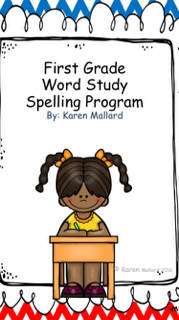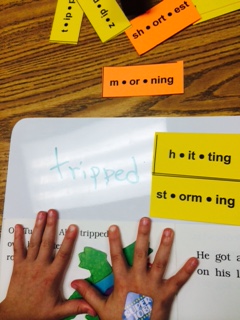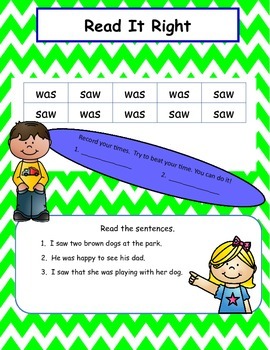First Grade Spelling Scope and Sequence
Several teachers have emailed and asked to see the Scope and Sequence for the First Grade Spelling Program. https://www.teacherspayteachers.com/Product/1st-Grade-Spelling-Program-2337435
I studied Words Their Way , Word Journeys, and the Virginia Phonological Awareness Literacy Screening Assessment to cover Common Core State Standards and the Virginia Standards of Learning to create the scope and sequence to ensure that the spelling patterns that first graders needed to master were covered. I also used the knowledge I gained as a Reading Specialist and a Reading Recovery Teacher.

These are the spelling patterns that average first graders should be able to use by the end of the year. If you find your students are advanced, then skip the ones they know and move on to the next pattern. If some of your students don't master the pattern for that week, then provide remediation for them in a small group or individually. If you don't teach the grade level standard to your lowest children, how will they ever catch up? The idea is to accelerate their progress with explicit teaching and intervention to help them catch up to their peers. :)
Here it is:
First Grade Spelling/Word Study Demonstration


















